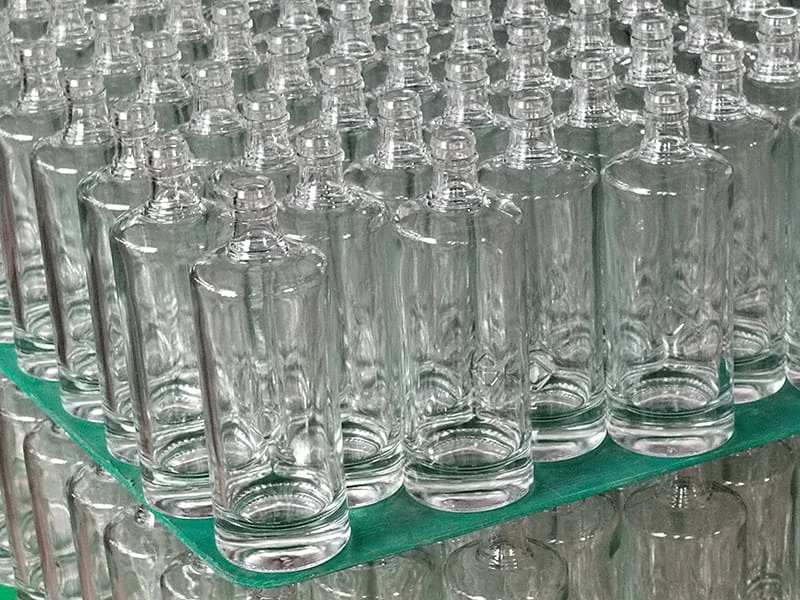When it comes to liquor bottles, size matters. From the petite miniatures to the sizable gallon jugs, the size of a liquor bottle can affect not only the quantity of the spirit but also its presentation and appeal. In this article, we will delve into the various sizes of liquor bottles available in the market today.
The Spectrum of Liquor Bottle Sizes
Liquor bottles come in a range of sizes, each with its own unique name and purpose. Here are some common sizes you might encounter:
Miniatures or Nips
Starting from the smallest end of the spectrum, we have miniatures, also known as nips. These tiny bottles typically hold around 50 milliliters (1.7 ounces) of liquor. They’re perfect for sampling different types of spirits or for single-serving cocktails1.
Half Pints
A step up from miniatures are half pints which contain about 200 milliliters (6.8 ounces) of alcohol. These are ideal for those who enjoy their favorite spirit but don’t need a full-size bottle2.
Pints and Fifths
Pints and fifths are among the most common liquor bottle sizes. A pint holds approximately 375 milliliters (12.7 ounces), while a fifth contains 750 milliliters (25.4 ounces). The term “fifth” comes from the fact that this size is roughly one-fifth of a gallon3.
Liter Bottles
As the name suggests, liter bottles contain 1 liter (33.8 ounces) of liquor. They are a popular choice for bars and restaurants due to their larger volume1.
Half Gallon or Magnum
A half-gallon bottle, also known as a magnum, holds 1.75 liters (59.2 ounces) of spirits. This size is often used for party-sized mixed drinks or for serving large groups4.
Other Sizes
In addition to these standard sizes, there are also larger, less common bottle sizes such as the Jeroboam or Double Magnum, which holds 3 liters (101.4 ounces), and the Balthazar, which contains a whopping 12 liters (406 ounces)4.
The Evolution of Liquor Bottle Sizes
Historically, the sizing for liquor bottles varied greatly. For example, beer bottles once ranged between 325 and 385 milliliters. However, today, all beer bottles follow a standard size of 355 milliliters or 12 fluid ounces5. Similarly, standard alcohol bottle sizes for spirits like whiskey and wine now typically come in fifths of gallons6.
The Importance of Understanding Liquor Bottle Sizes
Understanding liquor bottle sizes is vital for both consumers and industry professionals. For consumers, knowing the volume of a bottle can help in comparing prices and determining how much alcohol is needed for a particular occasion. For bartenders and restaurant owners, understanding bottle sizes is crucial for inventory management and pricing drinks appropriately7.
Conclusion
Whether you’re a casual drinker, a cocktail enthusiast, or a bar owner, knowing your liquor bottle sizes is essential. From the compact 50 milliliter miniature to the substantial 12-liter Balthazar, each size has its own advantages and uses. So, the next time you’re shopping for spirits, remember that size does matter.

Footnotes
- Liquor Laboratory: Different Sizes of Alcohol Bottles ↩ ↩2
- Chesbrewco: Liquor Bottle Sizes ↩
- Aspectacled Owl: Liquor Bottle Sizes ↩
- Find Me A Brewery: Liquor Bottle Sizes ↩ ↩2
- Tin Roof Drink Community: An Introduction To Liquor Bottle Sizes ↩
- Roetell: A Simple Guide To Different Sizes Of Liquor Bottles ↩
- Ameripour: What are all the bottles sizes for liquor? ↩













